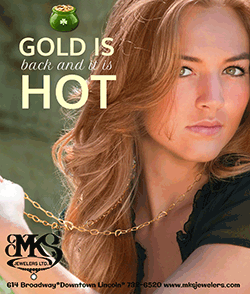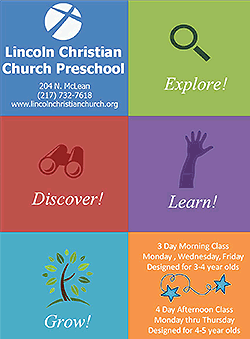|
Confronted by market
doubts, Federal Reserve drove March rate rise
expectations
 Send a link to a friend
Send a link to a friend
 [March 08, 2017]
By Jonathan Spicer and Ann Saphir [March 08, 2017]
By Jonathan Spicer and Ann Saphir
NEW
YORK/SAN FRANCISCO (Reuters) - Early last week, financial markets saw
just a 30 percent chance of the Federal Reserve raising interest rates
in March; but by Friday after a striking series of comments from Fed
officials, including Chair Janet Yellen, traders saw an 80 percent
chance.
Investors were aware that improving U.S. economic data, a stable global
economy, a booming U.S. stock market and easy financial conditions,
provided some justification for further Fed interest rates rises this
year.
But policymakers had to ensure that global markets were indeed ready for
a rate increase as soon as its next policy meeting on March 14-15, and
further rises later this year, after a series of false starts in 2015
and 2016.
The U.S. central bank prefers to have market expectations aligned with
its own policy plans. Of the 27 rises in interest rates of a quarter of
a percentage point since 1991 only three occurred with a market
probability forecast of less than 60 percent a month beforehand,
research from U.S. bank, Wells Fargo <WFC.N>, research showed.
"We didn't clearly see how the balance of risks was shifting, so they
have to slap our faces, and say, 'Look, you are missing the point',"
said Tim Duy, an economics professor at the University of Oregon.

U.S. economic data had been improving in recent weeks as the Fed
forecast, and the jump in U.S. stock prices, alongside improved consumer
and business confidence readings, provided an opening to hike rates
without overly rocking markets, public and private comments by Fed
officials suggested.
A series of previously scheduled speeches by Fed officials, as well at
least two television interviews without prepared remarks, gave the
Federal Reserve the platform it needed to alert markets before the
traditional "black out" period went into effect ahead of the March 14-15
meeting.
The result: over the course of four days Fed policymakers successfully
shifted market expectations for perhaps only two rate rises this year to
fully expecting three, and perhaps more, according to Reuters data.
New York Fed President William Dudley, whose branch of the U.S. central
bank serves as its eyes and ears on Wall Street and who generally spends
a couple of hours a week planning policy with Yellen, played a key role
in orchestrating the messaging.
Dudley gave markets an initial jolt when he said in a television
interview that "animal spirits had been unleashed." By the time of
Yellen's speech on Friday, five other policymakers had also flagged a
March rate hike.
[to top of second column] |

Federal Reserve Chair Janet Yellen addresses the Executives Club of
Chicago in Chicago, Illinois, U.S., March 3, 2017. REUTERS/Kamil
Krzaczynski

"It
was pretty extreme in that they left little doubt," said David Stockton, a
senior fellow at the Peterson Institute for International Research and a former
chief economist at the Fed. "Moving now gives them more optionality for three or
even four hikes this year."
Click http://tmsnrt.rs/2mg2PxJ for graphic on How comments from Fed officials
drove rate hike expectations higher.
WALL STREET DOUBTS
In December last year the Fed had telegraphed the likelihood of at least three
rate rises in 2017, but few believed the U.S. central bank would follow through.
After all the Fed had over-promised two years in a row, forecasting more rate
hikes than they delivered.
As a
result, Wall Street's most influential banks predicted just two rises this year,
in June and December, according to the New York Fed's January survey of primary
dealers. Traders of interest rate futures contracts placed similar bets.
The minutes of the Fed's Jan. 31-Feb. 1 meeting showed many policymakers were
coalescing around the need for a rate hike "fairly soon" with language nearly
identical to the "relatively soon" phrasing the Fed had used the last two times
to signal an imminent hike. Yet markets oddly reacted by trimming, not boosting,
expectations for a March rise.
So last week, the time had come to bring out the big guns. Fed governors Lael
Brainard, Jerome Powell and Vice Chair Stanley Fischer all helped drive the
blunt message that, barring some unexpected shock, a rate hike would come soon.
Other policymakers echoed those sentiments, both publicly and privately, but
also nodded to the need to get markets in line with Fed intentions.

Michael Gapen, chief economist at Barclays, said: "A little messaging got the
markets where the Fed wanted it, without adverse consequences."
(Reporting by Jonathan Spicer and Ann Saphir; editing by David Chance and Clive
McKeef)
[© 2017 Thomson Reuters. All rights
reserved.] Copyright 2017 Reuters. All rights reserved. This material may not be published,
broadcast, rewritten or redistributed. |